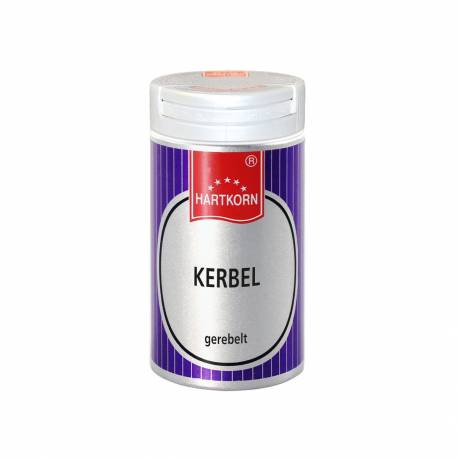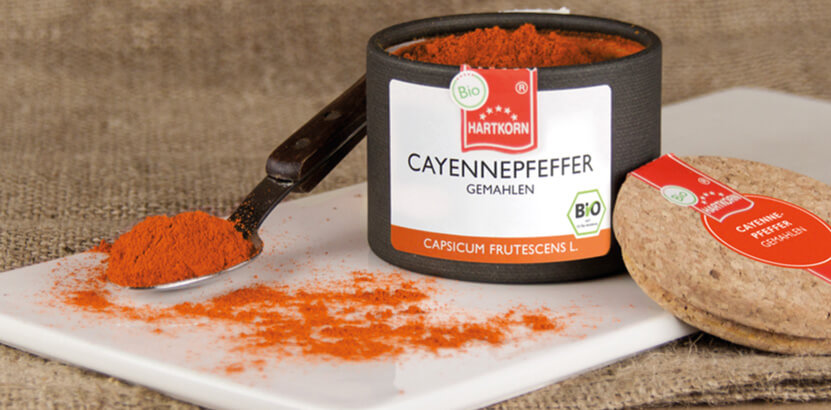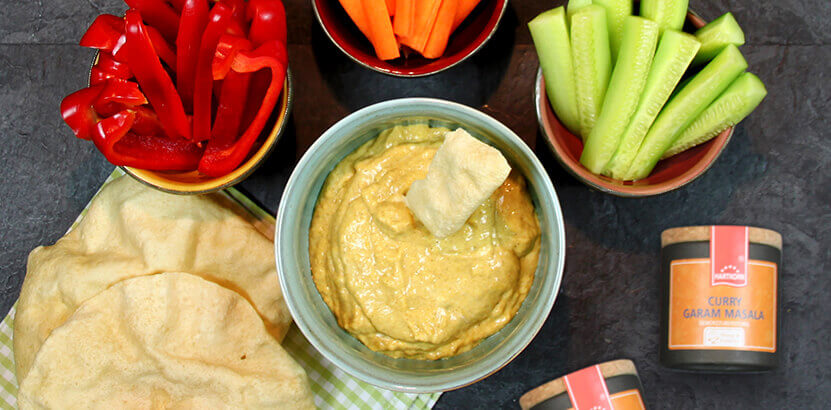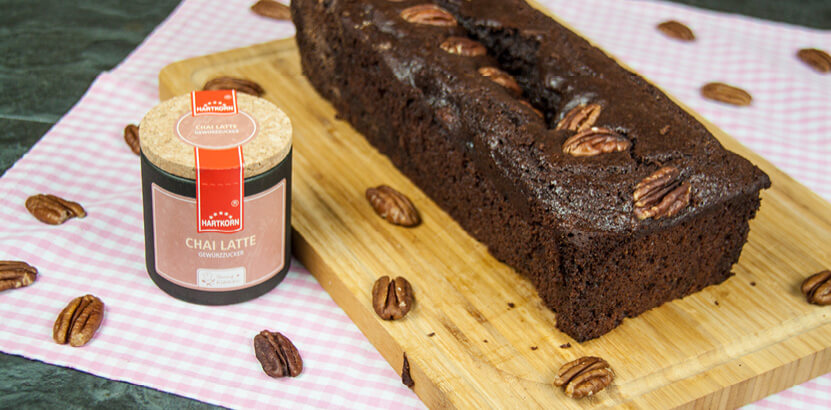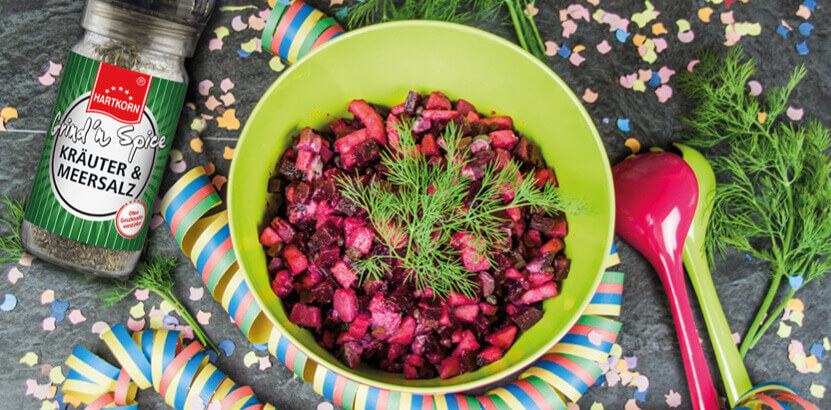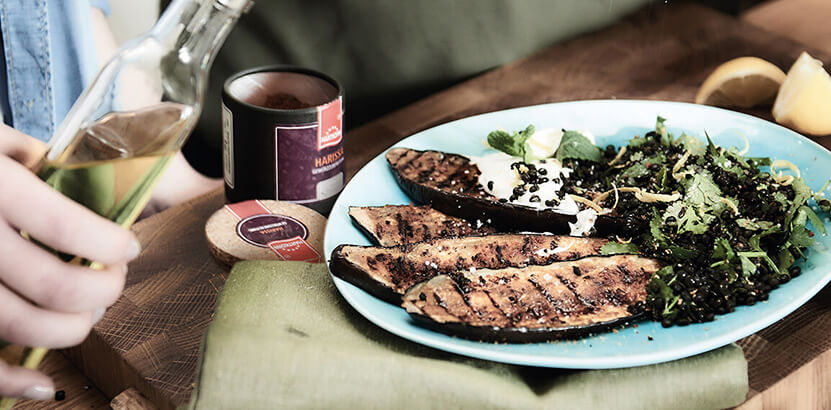Synonyms: Botanical family: origin: Classification: spice shape: flavor: odor: use: Fresh chervil leaves have a strong aromatic sweetish scent and a strong spicy, anise-like taste. It is particularly popular in French cuisine. It is usually used fresh in the kitchen for chervil and other herb soups, and is also used to season meat, fish and poultry dishes, vegetables, salads and sauces. Besides dill, chervil also goes well with fresh crayfish and is part of the "Fines Herbes" in French cuisine. Because chervil loses its aroma quickly when overheated, it is usually added to dishes only shortly before serving. Dried chervil is not quite as aromatic. Good chervil looks bright green and must not contain any stem parts. tip: Recipe suggestion: knowledge: Botany: Home & Spread: cultivation & extraction: History: Chervil
General information
Application
Things to know
 Botanical name:
Botanical name:
Anthriscus cerefolium L.
Körfel, basket, basket, Kufel
umbelliferous plants
Europe, North Africa, East Asia
herb
weed
aniseed-like, spicy
sweet-aromatic
Sauces, soups, quark and. egg dishes, fish, meat and vegetable dishes
Only shortly before serving, at most 1 minute.
Chervil soup: Prepare a roux from 50 g butter and 50 g flour. Mix with 1 l meat stock and bring to the boil. Whisk 1/4 l cream with 2 egg yolks and stir into the soup. Season to taste with salt, nutmeg, lemon juice. Stir in 1 cup of finely chopped chervil leaves.
Medicine: In folk medicine chervil is said to help against hiccups.
The one-year-old Kerbel belongs to the umbellifers and rises on round, finely grooved stalks until approximately 70 cm of height. The two to three pinnate, light green leaves are tender and soft, glabrous on the upper leaf side and have bristly hairs on the leaf edge and leaf veins. While the lower leaves sit on long, also hairy, strong leaf stems, the upper leaves sprout directly from the leaf sheath on the stem. Chervil flowers in small, inconspicuous, white flowers, which later ripen into black, shiny, smooth, long beaked and anise-scented partial fruits.
Southeastern Europe and western Asia are the home of the chervil plant, which today has spread all over Europe, North Africa, East Asia and America.
The chervil is mainly grown in the herb garden for domestic use, but extensive field crops for large-scale cultivation are also to be found. The herb or leaves are harvested shortly before flowering, when their aroma is most pronounced. Chervil is sold fresh, but also dried and grated. During drying, however, part of the seasoning power is lost.
The spicy chervil plant was probably introduced to Central Europe by the Romans and has been cultivated in Germany for over 400 years. It was and still is not only a spice but also an effective medicinal herb.
http://de.wikipedia.org/wiki/Kerbel

